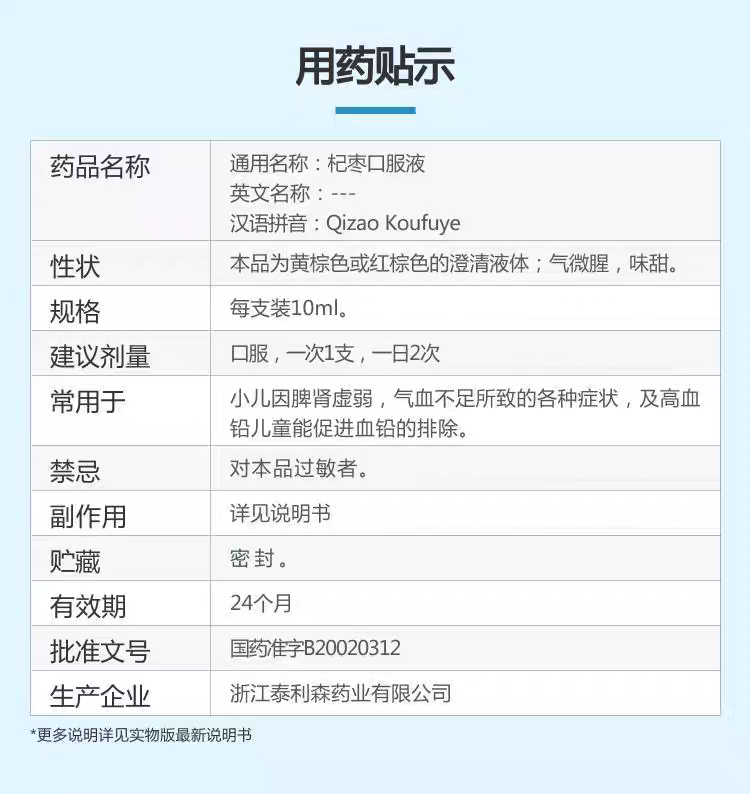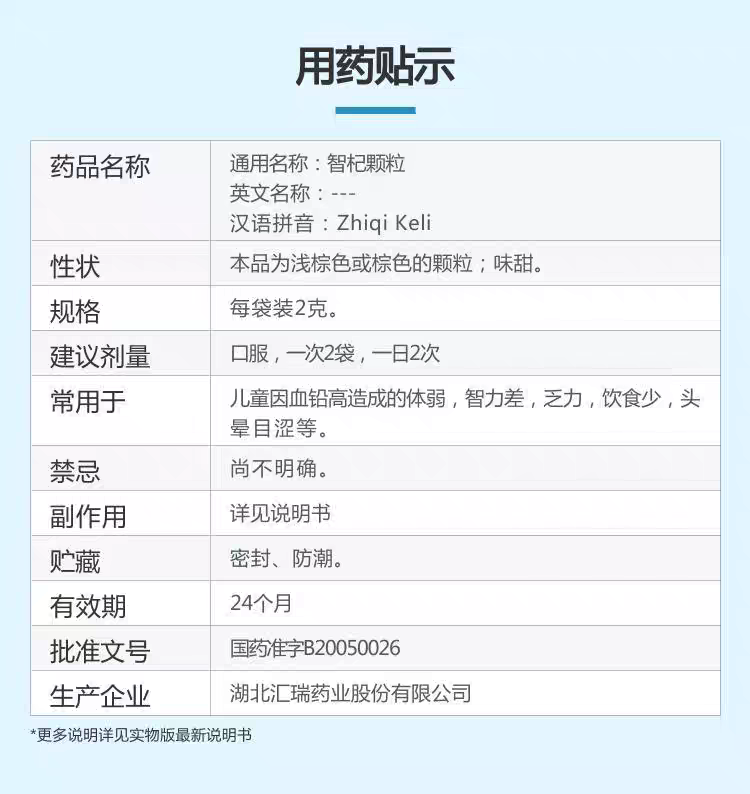Lead Poisoning Treatments Gudie
What Is Lead Poisoning?
For ages, one of the most prominent avoidable causes of brain morbidity from an environmental toxin has been lead poisoning. Lead, a heavy metal, is abundant in our surroundings yet has no physiological role in biological systems. Lead poisoning is a particularly pernicious threat that has the potential to have long-term health consequences. It disrupts a variety of bodily functions, especially affecting the central nervous, hematopoietic, hepatic, and renal systems, resulting in significant diseases. Acute poisoning is infrequent and is caused by occupational exposure. Chronic toxicity, on the other hand, is far more prevalent.

Lead Poisoning Symptoms
Lead poisoning can cause excessive blood pressure, as well as problems with the brain, kidneys, and reproductive system in adults. Headaches, stomach cramps, constipation, muscle/joint discomfort, difficulty sleeping, exhaustion, irritability, and loss of sex desire are all symptoms of lead poisoning. The majority of individuals with lead poisoning do not seem or feel ill.

Lead poisoning symptoms in newborns
Babies exposed to lead before birth might:
- Be born prematurely
- Have lower birth weight
- Have slowed growth
Lead poisoning symptoms in adults
Although children are primarily at risk, lead poisoning is also dangerous for adults. Signs and symptoms in adults might include:
- High blood pressure
- Joint and muscle pain
- Difficulties with memory or concentration
- Headache
- Abdominal pain
- Mood disorders
- Reduced sperm count and abnormal sperm
- Miscarriage, stillbirth or premature birth in pregnant women
Traitements contre l'empoisonnement au plomb
The first step in treating lead poisoning is to identify and eliminate the source of exposure. If you are unable to remove lead from your surroundings, you may be able to lessen the probability of it causing issues.
For example, it is sometimes preferable to seal in rather than remove old lead paint. Your local health agency can suggest methods for detecting and reducing lead in your home and neighborhood.
Simply avoiding lead exposure may be adequate to lower blood lead levels in children and people with relatively low lead levels.
In more severe situations, your doctor may advise:
Chelation treatment
In this therapy, a drug taken orally binds to the lead, causing it to be eliminated in the urine. Chelation treatment may be indicated for children with blood lead levels of 45 mcg/dL or above, as well as adults with high blood lead levels or symptoms of lead poisoning.
Chelation treatment with ethylenediaminetetraacetic acid (EDTA).
Adults with blood lead levels more than 45 mcg/dL and children who cannot tolerate the medicine used in standard chelation therapy are often treated with a substance called calcium disodium ethylenediaminetetraacetic acid (EDTA). EDTA is administered by injection.

Lead Poisoning Medication
The chelation agents succimer and penicillamine are given orally, whereas dimercaprol and edetate (EDTA), calcium disodium (CaNa2 EDTA) are administered parenterally. These agents reduce body stores of lead. Reducing blood lead levels also may mobilize skeletal stores of lead.






